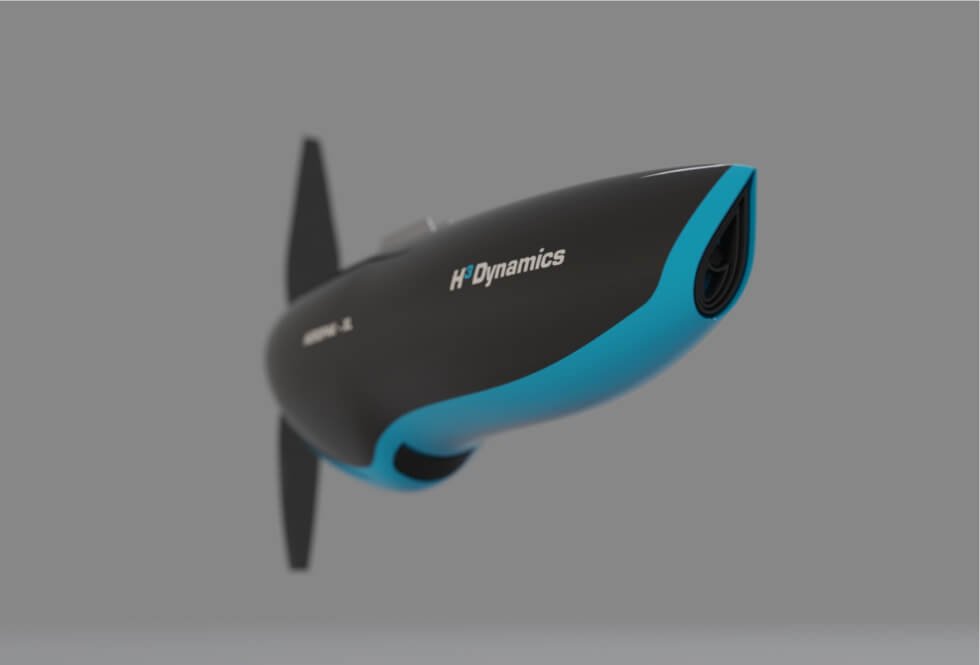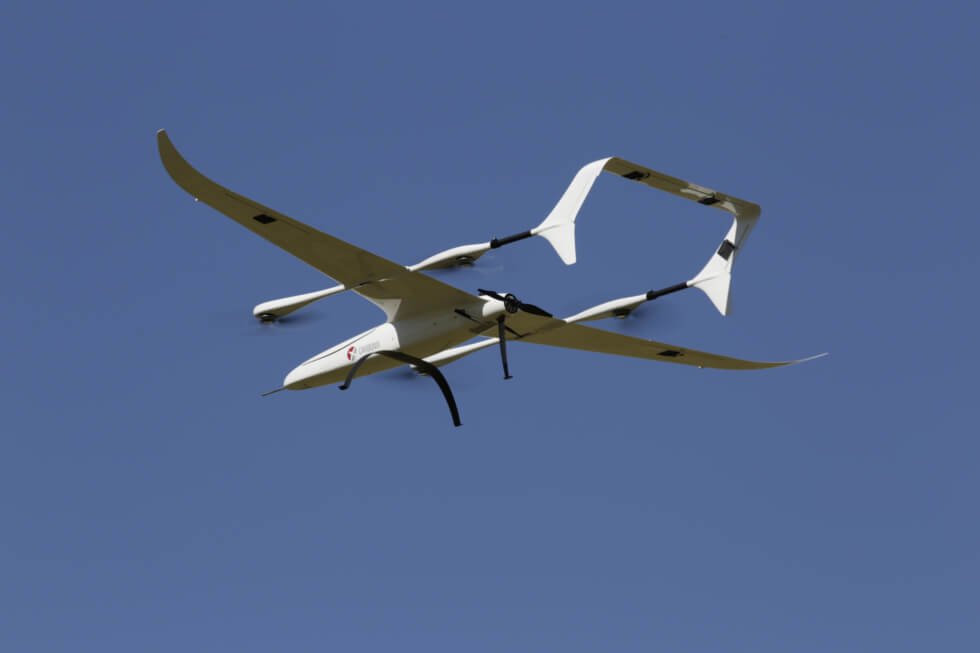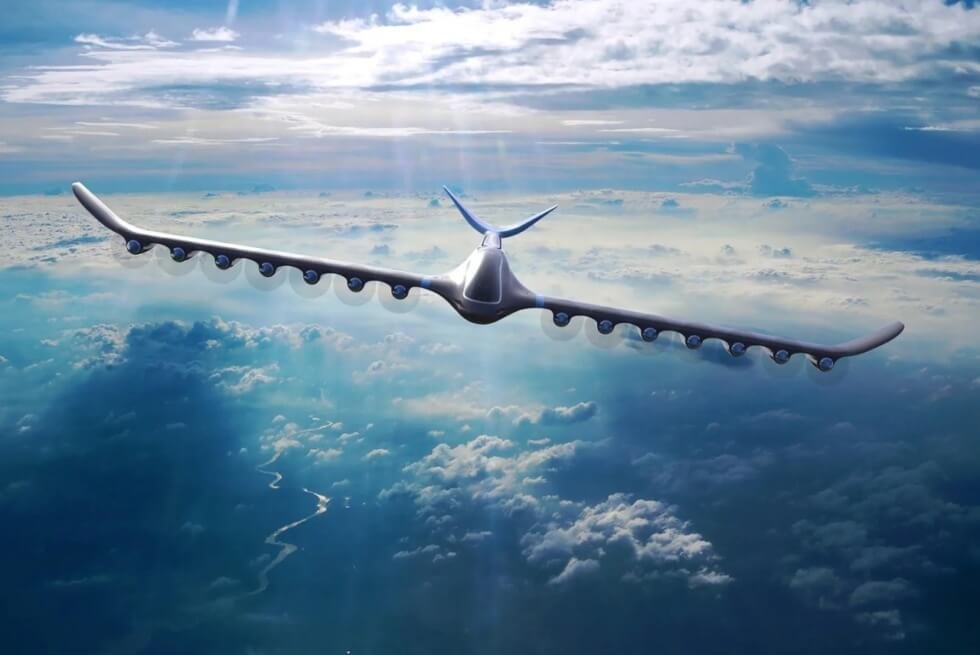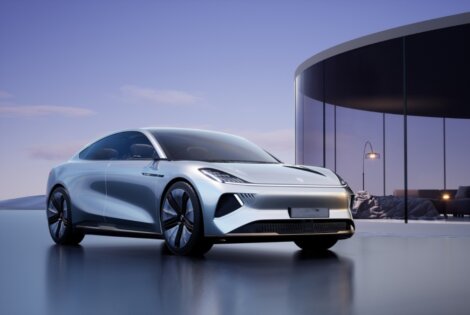Much like the automotive industry, things are heating up for the aviation scene. With so much focus on sustainability, we’re now seeing even more prototypes that promise green propulsion systems for the future of commercial and personal flight. With the combined efforts of H3 Dynamics and Carbonix, we could eventually see unmanned hydrogen-electric VTOLs take to the skies.
Currently, the majority of emission-free aircraft projects we’ve seen all propose the use of batteries. As we all know, these add a significant amount of weight to any platform. Thus, flight time and range are typically lower due to it. If the French mobility group and Australian UAV manufacturer manage to pull this off, it could be revolutionary.
A series of trials earlier this year suggests the technology is promising indeed. A UAV, albeit at a smaller scale and not in a VTOL configuration completed several successful flights. Weighing 55 lbs., the test aircraft was reaching up to 218 miles on compressed hydrogen and about 559 miles on liquid hydrogen. Now, all that’s left to do is to scale up and make some adjustments.
According to H3 Dynamics and Carbonix, their concept will free up the fuselage for more cargo and cutting-edge sensors. The ultimate goal is to come up with an autonomous eco-friendly aircraft for long-range logistics. Hence, the hydrogen and its fuel cells will be housed in several propulsion nacelles.
CEO of H3 Dynamics Taras Wankewycz states, “Australia will most likely be the first to use commercial electric-powered drones that use hydrogen instead of batteries, in order to fly for many hours at a time and reach those remote locations, or survey much larger areas of land.”
Learn More

Images courtesy of H3 Dynamics/Carbonix







